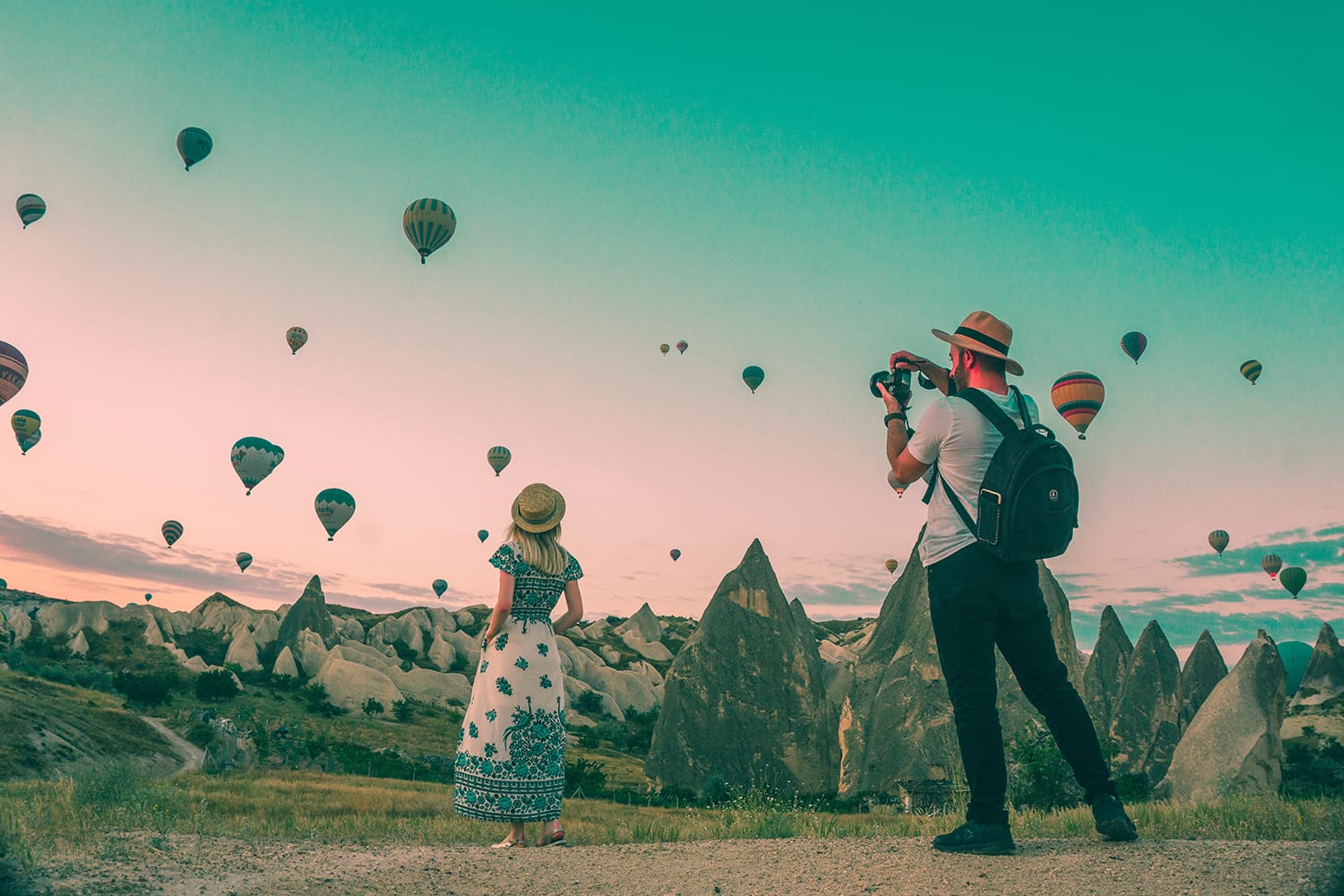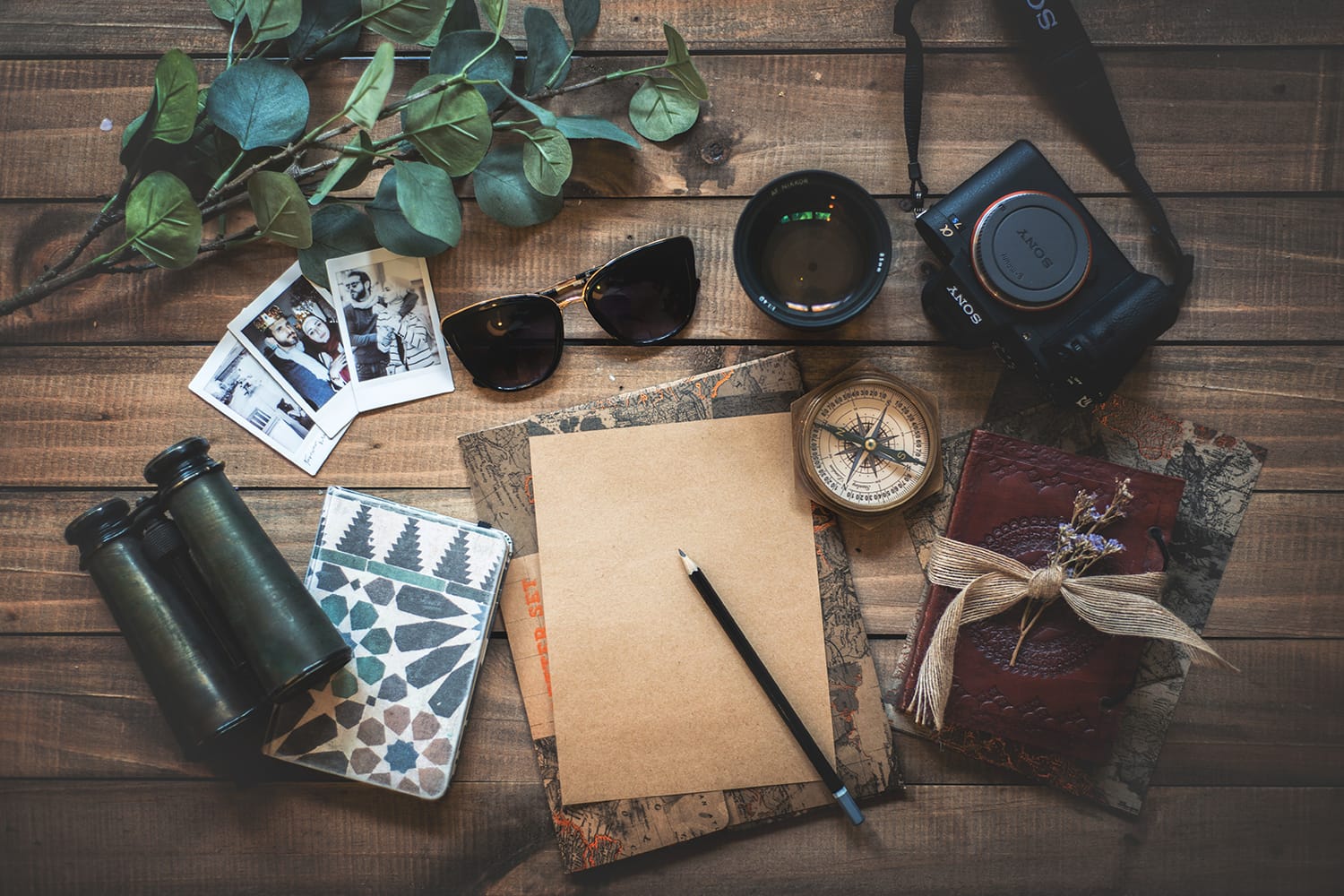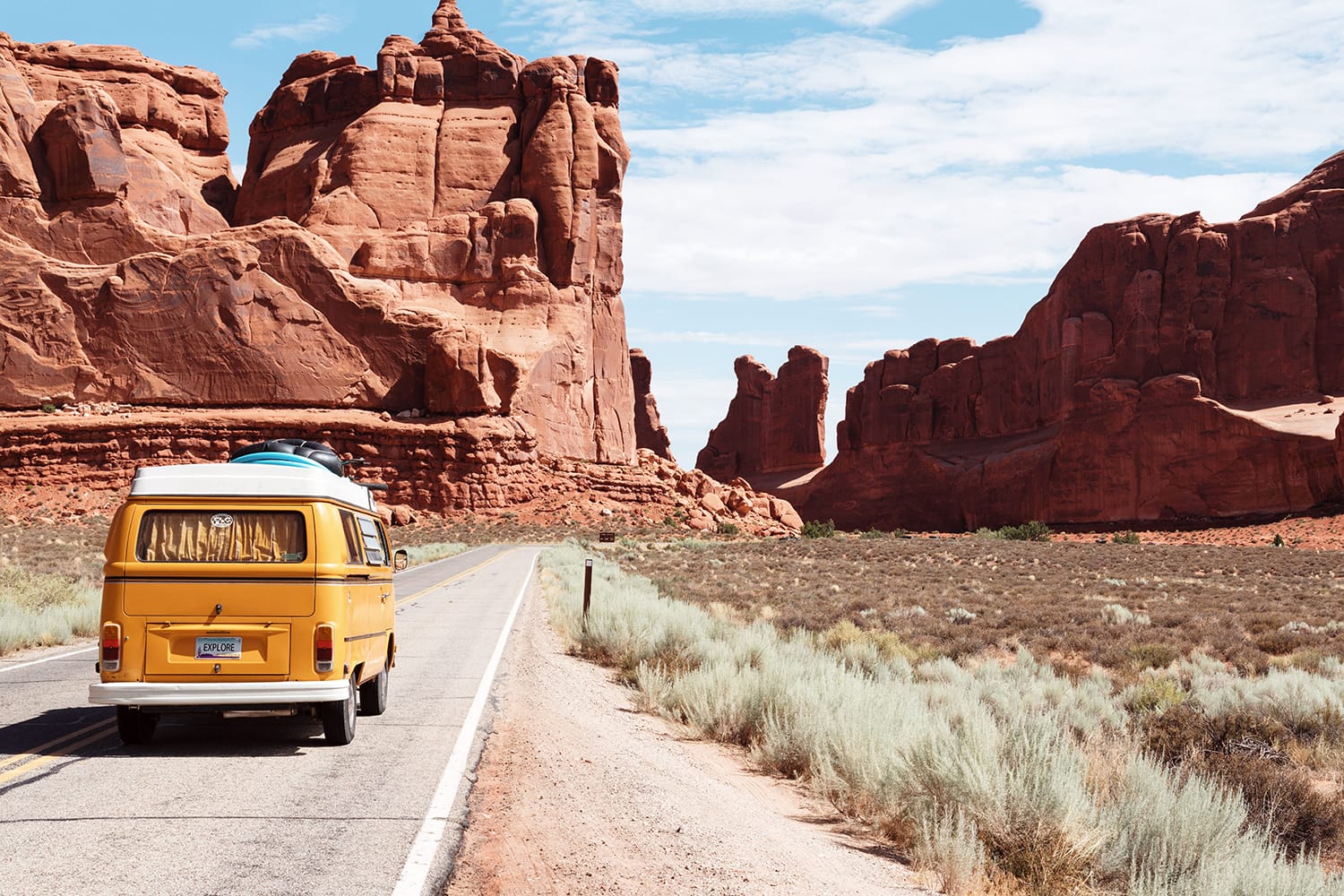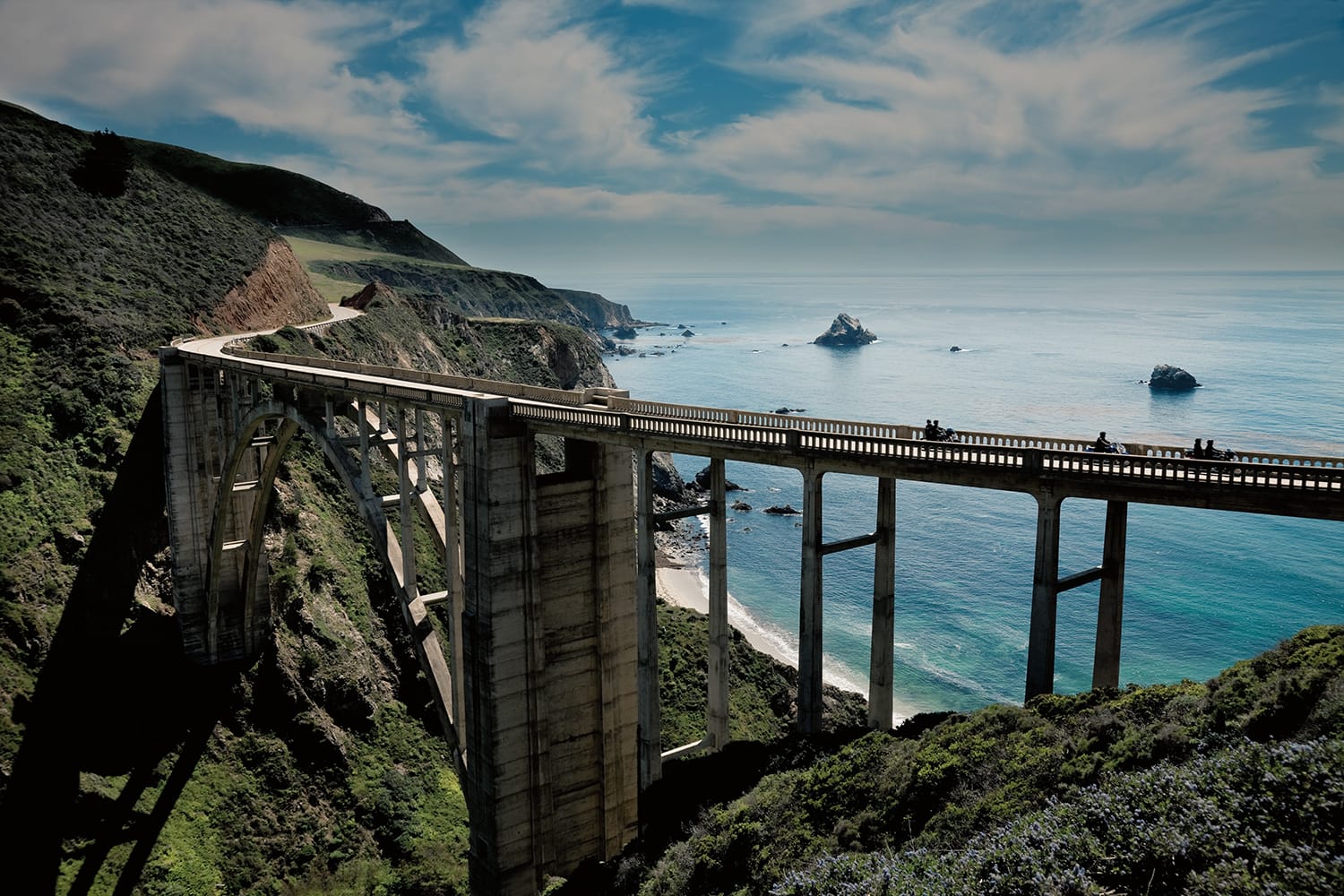The Best Photography Gear for the Travelling Enthusiast
As a photographer, chances are that where you go, your gear goes also. But what happens when you travel? You can’t possibly bring everything along. How do you decide which gear to bring?
The best gear for travel photos depends entirely upon your destination, and what you hope to photograph while you are there. When packing gear, ask yourself two questions: what type of pictures will you be taking, and how much gear you will want to pack around.

When packing for a trip, it is easy to get into a mind-set of “I should bring it… just in case!” Remember though: if you hardly use it at home, you probably won’t use it much on your trip.
Lenses
When deciding which lenses to bring, consider the purpose of your trip, and which things you hope to be photographing. It is usually best to travel with lenses that you are most comfortable with; the ones that you use the most.
- Subject: A versatile lens for a range of travel photos.
Lens: Your standard 18-55mm kit lens, or an 18-200mm lens. Ideal for situations where you need gear that is versatile and easy to carry. - Subject: Versatile lens that is great for trekking or exploring.
Lens: Wide-angle lens to capture panoramic views, or possibly a macro lens for close ups of flowers or small insects. - Subject: For scenic shots, or shooting events from a reasonable distance.
Lens: 70-200mm telephoto zoom lens. Can also be used as a portrait lens. - Subject: African safaris, or anytime you need a long range zoom lens.
Lens: A 100-400mm telephoto lens. A lighter alternative to this would be the 70-200mm or a 70-300mm. These lenses are great if you have access to one, and are planning on taking scenic and distance shots, and don’t mind the extra weight. - Subject: Cities, Europe, architectural photos
Lens: Your standard kit lens, or an 18-200mm lens. You may also want to include a wide-angle zoom lens, such as a 10-22mm or a 12-24mm. - Subject: Portraits, lifestyle photos, street photography.
Lens: 85-135mm lens, or a prime lens of 35mm f/1.4 or 50mm f/1.4 for extra sharp photos. - Subject: For macro photography and close ups of the small details.
Lens: Zoom lens with macro capabilities, or macro lens: Something like a 60mm f/2.8 or a 100mm f/2.8 would be perfect. - Subject: Evening and low light situations.
Lens: A fast lens with a wide aperture. An f/1.4 is ideal but an f/2.8 is fine too. A high ISO is also needed for low light situations.
Have a favorite lens that isn’t mentioned here? Go ahead and bring that! When it comes to choosing gear, time tested and proven is best. Also make sure you leave a comment on this post and let us know!

Keep in mind that it is usually best to bring lenses that can be used for more than one application. I usually bring along two lenses, sometimes three. I find that anything more than that is difficult to manage.
Soft Lens Covers
During transport, lenses tend to get knocked around. Make sure your lenses are protected and ready for travel.
Camera Bag
You want something that travels well, and holds all of your gear – without saying “expensive camera inside.” Something that is semi-resistant to pick pocketing is also a plus. Lowepro and Think Tank are two camera bag brands that are durable and weather resistant –and both have good reviews.
Filters
Polarizing filters that are fitted onto the camera can help to protect lenses from scratches and damage. I have broken a lens filter before while travelling, and I was glad that it wasn’t the lens itself!
Lens Cleaning Kit
A lens cleaning kit is important for taking care of those little specks of dirt that tend to get trapped inside the lens. Dirt always happens when travelling!

Memory Cards
These are small enough, so go ahead and bring a few extra. Having spare memory cards is an easy way to ensure you won’t run out of space on your memory card. Always bring more memory than you think you will need.
Spare Battery
A spare battery is never a bad idea. Batteries tend to die when you need them most, and having a spare on hand can be a lifesaver.
Charger/Power Adapters
Don’t forget the charger! If you are traveling to another country make sure you bring along a power adaptor.
Compact Camera (Optional)
A compact camera can come in handy for situations where your DSLR may otherwise not be practical. Short trips out, visits to busy markets or big cities, and situations where you don’t want to risk the chance of your camera getting stolen, are times where a compact camera could be useful.
Tripod
If you are hoping to take some excellent sunset photos, then you may need to bring along a tripod when you travel. In the past, bringing a tripod along for a trip wasn’t the most convenient as tripods were bulky and large. Many photographers would simply improvise by using any stable, flat surface to steady the camera. But things have changed. Many travel tripods you’ll find on the market today are light, small, and sturdy.

Tips for Travelling With Cameras and Gear
- Consider bringing your gear in the carry-on. When traveling by plane, I prefer to bring my equipment with me as hand luggage. The amount of abuse that regular luggage is subjected to is something that you don’t want to risk with your gear.
- Consider the purpose of your visit. If you are planning to visit family and are going to be photographing people, choose a lens that can handle portraits and lifestyle shots.
- Research the area you are planning to visit. This will give you an idea of what photos you will be taking, and will let you know which lenses to bring. Is it an area that is known for scenery and breath-taking views? Then consider a lens that can handle the distance.
- If you are travelling for the specific purpose of taking travel photos, then it is probably a good idea to go ahead and pack the extra lenses and the tripod. But for casual trips, it’s usually best to try to keep the gear to a manageable amount –unless your idea of a good time is being a pack mule!
And of course make sure you share your own tips & tricks in via Twitter or Facebook!
